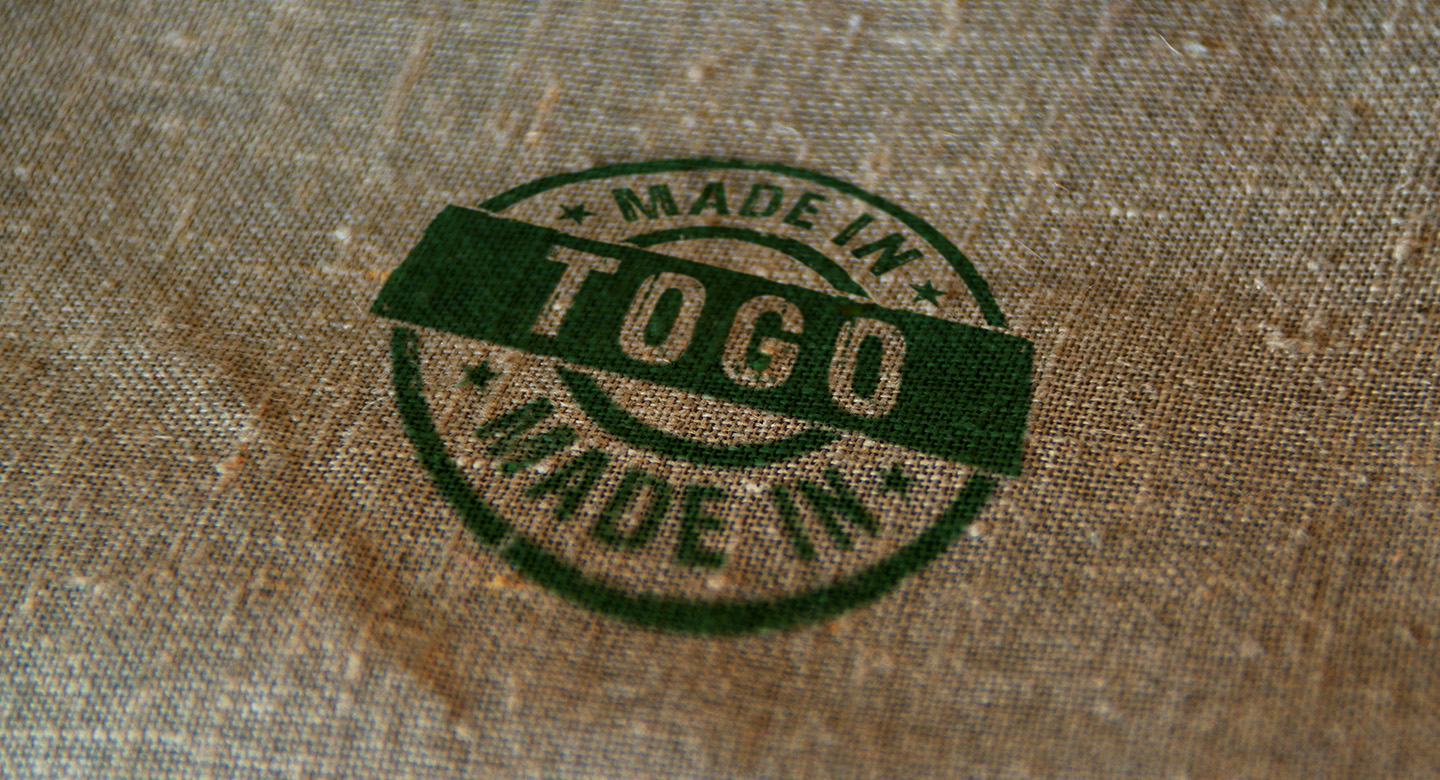Togo’s Limitless Prospects in the Textile & Cotton Industry
Togo is a regional leader in terms of textile production. The country observes an increased focus on sustainability and digitalization to enhance product value across the supply chain.
The global textile industry is one of the major contributing factors to the rapidly worsening climatic conditions. Additionally, the pre-pandemic emissions of 1.2 billion tonnes made this industry the second-largest industrial polluter followed by the oil and gas industry.
Arise IIP aims for sustainability in a range of measures, including 100% sustainably sourced cotton, 100% renewable electricity, recycling 95% of the water used while processing, and compliance with independent international certifications for dyeing and ready fabrics. The goal is to transform the country’s apparel industry value chain while boosting exports of cotton textiles and finished garments.
To compete on a global stage, Togo must be prudent with the usage of its resources and ensure the energy sources are reliable and have a large scope of renewables.
Investment Opportunities in Togo
The country’s labour force population is expected to grow up to 4.2 million in a decade. Togo assures quality human resources in the region with approximately 70% of its total population under the age of 30-35 years. Togo is one of the youngest and growing countries, which works as a magnet for overseas investors. The most crucial factor that makes Togo an ideal country for business investors is the country’s favourable labour policies, which include:
- Guaranteed freedom to hire human resources under flexible labour code
- Dedicated vocational training centres to train up to 7000 textile mill workers and 25,000 garment workers
- Freedom to introduce ex-pat staff during the initial years
- Impressive labour costs
Sustainable & Traceable Cotton Production
Cotton is the main cash crop that holds about 20% of Togo’s export earnings. However, cotton production decreased by 20% in 99-2000, and additional 15% in 2000-2001. The major reasons behind this deflation rate are attributed to adverse weather conditions, weak technical support, lower international prices, and more. Most of the machinery in this sector was used by cotton textile ginning manufacturing or garment making.
Togo’s government with its private and public sectors planned to revive this sector and increase cotton cultivation. As a result, more planting areas increased cotton production to generate considerable interest in making cotton textile for exports too. Therefore, cotton processing machinery, textile machinery, sewing machines, and other manufacturing components are enjoying substantial demand this year and in the foreseeable future.
Togo’s Industrial Production Scope
In 1970, the country was the centre of commerce in West Africa, with the textile industry it’s the primary source of revenue growth.
By the early 2000s, however, Nana Benz’s fabrics faced strong competition from the Chinese market by more than one-tenth of the price proposed by Togo. This prompted efforts to boost the textile and cotton industry doubled the cotton export volume, from 19m kg to 44m kg.
In 2017, the country’s top import markets for textiles and clothing accessories were China, for almost 50% of the total, followed by Japan (18.9%), Vietnam (4.38%), India (4.04%), and Germany (3.26%).
Such efforts continued to grow the textile industry and boost the country’s GDP. However, it has many untapped potentials to consolidate its centrality to Togo’s GDP and increase the country’s interconnectivity with global and regional markets.
The cotton industry, on the other hand, carries its economic weight, but with added value, the industry could explore development horizons not only for Togo but for entire West Africa. Despite Togo’s small population and land, the country offers huge potential for industrial growth and international connections. Additionally, the government’s support for building natural resources and creating value for the industry sector is unwavering.
Togo has already flourished in cotton, cacao, phosphates, and coffee exports. With the immediate transformation opportunity, it can outgrow the garment and textile sector on global platforms.
Join Arise IIP’s mission to attain compliance and sustainability
At Arise IIP, we look carefully at how each country can transform and become competitive on a global scale. Togo produces approximately 56,000-66,000 tonnes of cotton every year, but it exports raw materials. If we transform this cotton into finished products like garments and home textiles, it can add 40-50 times more value to the revenue growth. Got an investment plan for West Africa? We will love to hear about your vision.
